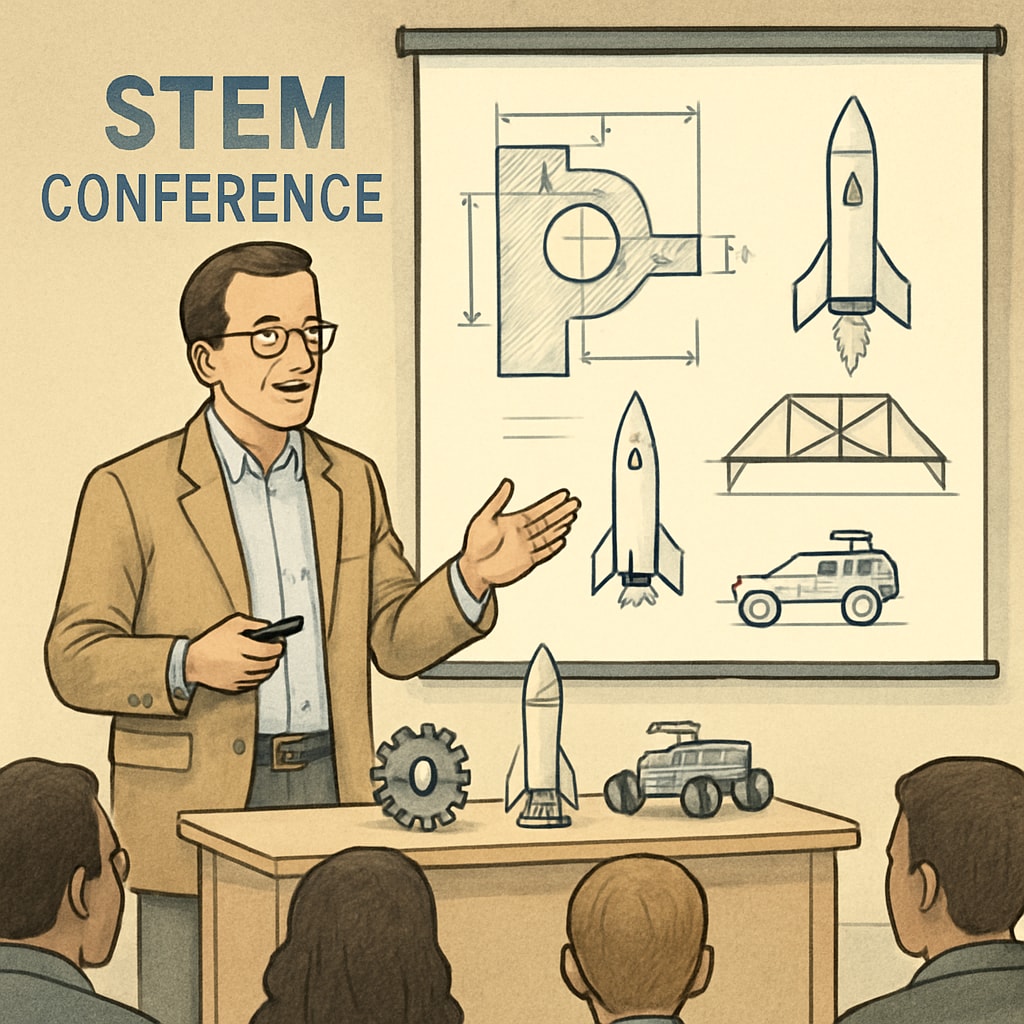The pursuit of education and engineering dual degrees is an ambitious yet rewarding endeavor. Combining expertise in two distinct yet complementary fields can offer students unique career opportunities, bridging the gap between technical innovation and educational leadership. This article examines the feasibility and value of pursuing dual degrees in education and engineering, providing practical tips for students aiming to achieve this interdisciplinary milestone.
Why Combine Education and Engineering Degrees?
Education and engineering may seem like unrelated disciplines at first glance, but they share surprising synergies. For example, the rise of STEM (Science, Technology, Engineering, and Math) education has created a demand for educators with technical expertise. Engineers with educational training are uniquely positioned to design curricula, teach technical subjects, or even develop educational technologies.
Moreover, pairing these degrees can enhance personal growth. Engineering fosters problem-solving and analytical thinking, while education emphasizes communication and empathy. Together, they create a well-rounded skill set applicable to diverse industries.

Challenges and Feasibility of Pursuing Dual Degrees
Undoubtedly, pursuing dual degrees in education and engineering comes with challenges. Balancing the rigorous coursework of two demanding programs requires exceptional time management and dedication. Additionally, some universities may not offer structured dual-degree programs, requiring students to customize their academic paths.
However, with proper planning and determination, these hurdles can be overcome. Students should research universities that offer dual-degree options or flexible curricula. It’s also crucial to work closely with academic advisors to create a realistic timeline for completing both degrees.
Tips for Managing Dual Degrees
- Start Early: Plan your academic path before enrolling in college to align prerequisites and course schedules efficiently.
- Leverage Summer Sessions: Use summer terms to complete additional coursework and reduce the regular semester load.
- Seek Support: Build a network of mentors, professors, and peers who can provide guidance and encouragement throughout the journey.
- Explore Internships: Find opportunities that integrate both fields, such as teaching engineering concepts or working in educational technology.
Career Opportunities for Dual Degree Holders
Graduates with dual degrees in education and engineering have versatile career prospects. For example, they can become STEM educators, instructional designers, or developers of learning technologies. Organizations like EdTech companies and engineering firms increasingly value professionals who can combine technical skills with educational expertise.
Furthermore, this interdisciplinary background can open doors to leadership roles. For instance, dual-degree holders can manage educational programs in technical schools or lead initiatives to improve STEM education in underserved communities.

Conclusion: The Value of Interdisciplinary Education
While challenging, pursuing education and engineering dual degrees is a worthwhile investment for students passionate about both fields. By combining technical proficiency with educational insight, graduates can make a meaningful impact in areas such as STEM education, curriculum design, and technological innovation.
With careful planning and determination, students can successfully navigate this demanding academic path and unlock unique career opportunities. For those ready to take on the challenge, the journey toward mastering dual degrees is not only feasible but also deeply rewarding.
Readability guidance: Use short paragraphs to maintain reader engagement. Incorporate lists for clarity and ensure transitions between ideas are smooth. Keep the balance between technical information and actionable advice to appeal to a broad audience.


